Chinese Hanfu Culture and Inheritance
Hanfu culture is the sum of cultures reflecting the Confucian ritual service system. Since the Yellow Emperor, Yao, and Shun have ruled the world, Hanfu has taken its basic form. After the inheritance of Zhou Dynasty rituals, it has formed a perfect clothing system and popularized it among the people. It also influenced the entire Han cultural circle through Confucianism and the Chinese legal system.
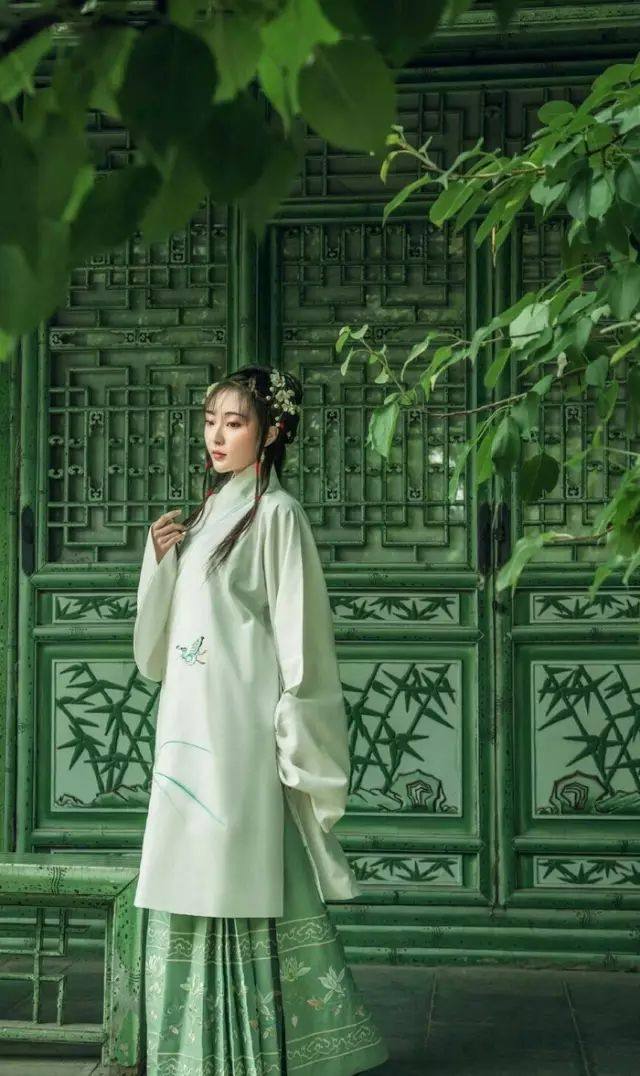
Han Chinese, Hanfu, Chinese, and Chinese folks got their names from this. Hanfu culture is the etiquette culture inherited by the Han people through the Confucian "Thirteen Classics", the "Kaiyuan Ceremony of the Tang Dynasty" and the official history.
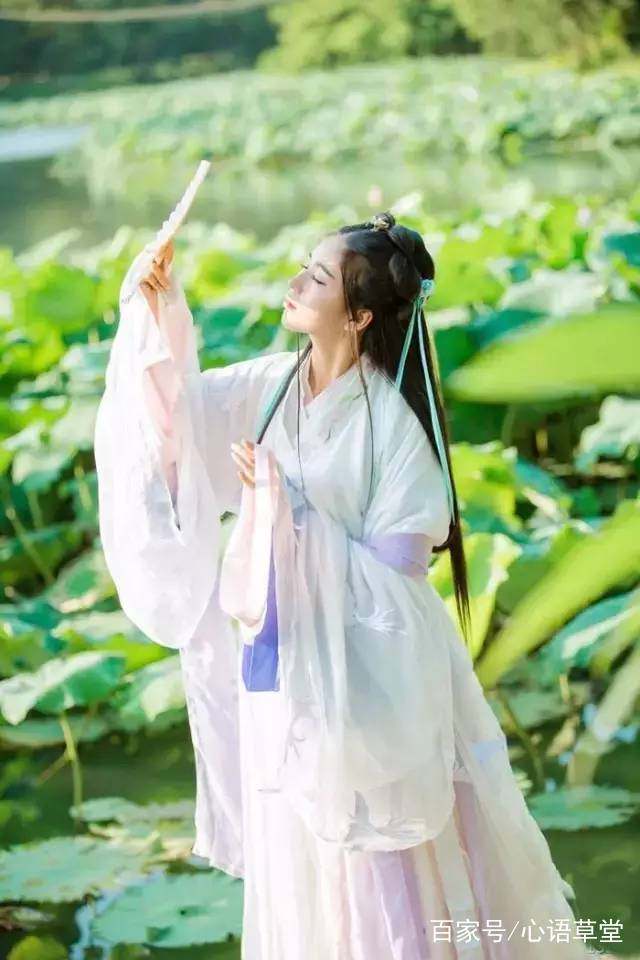
From the period of the Three Emperors and Five Emperors to the Ming Dynasty, Hanfu culture has perfected itself through continuous inheritance. Hanfu culture is a very mature and self-contained millennium culture.
Hanfu, the full name is "Han national traditional costume", also known as Han clothing crown, Han costume, and Chinese costume, from the Yellow Emperor ascended the throne to the middle of the 17th century (Ming and Qing Dynasty), Han Chinese in the main living area, with "China - Chinese "Culture is the background and dominant thought, with Chinese etiquette culture as the center.
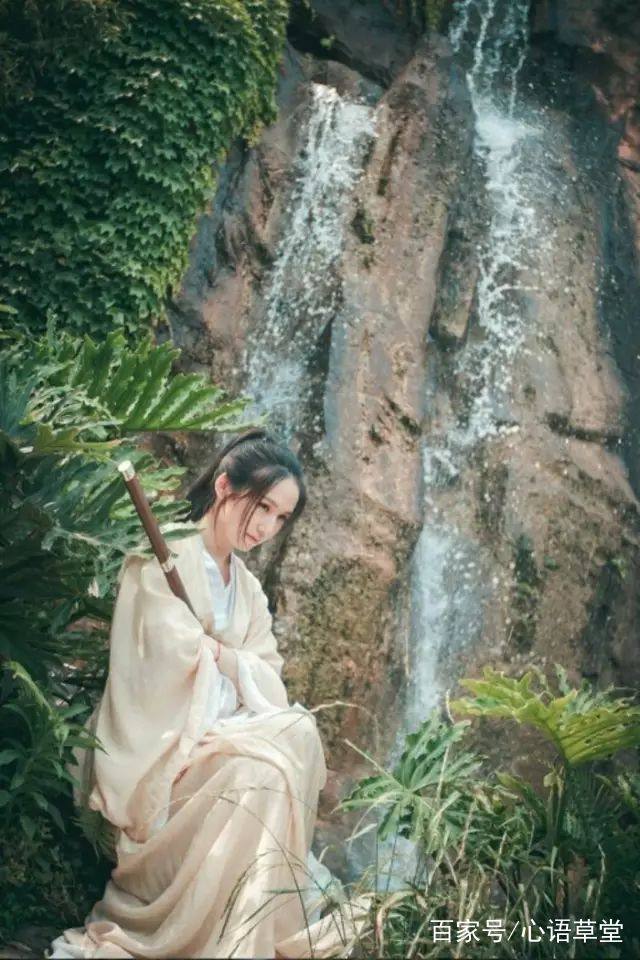
Formed through natural evolution, it has a unique Han nationality style and character, which is clearly different from the traditional clothing and accessories system of other nationalities. It is the embodiment of China’s "clothing country", "state of etiquette", "Splendid China", and Serica. The Han nationality’s outstanding craftsmanship and aesthetics, such as dyeing, weaving and embroidery, have inherited more than 30 Chinese intangible cultural heritage and protected Chinese arts and crafts.
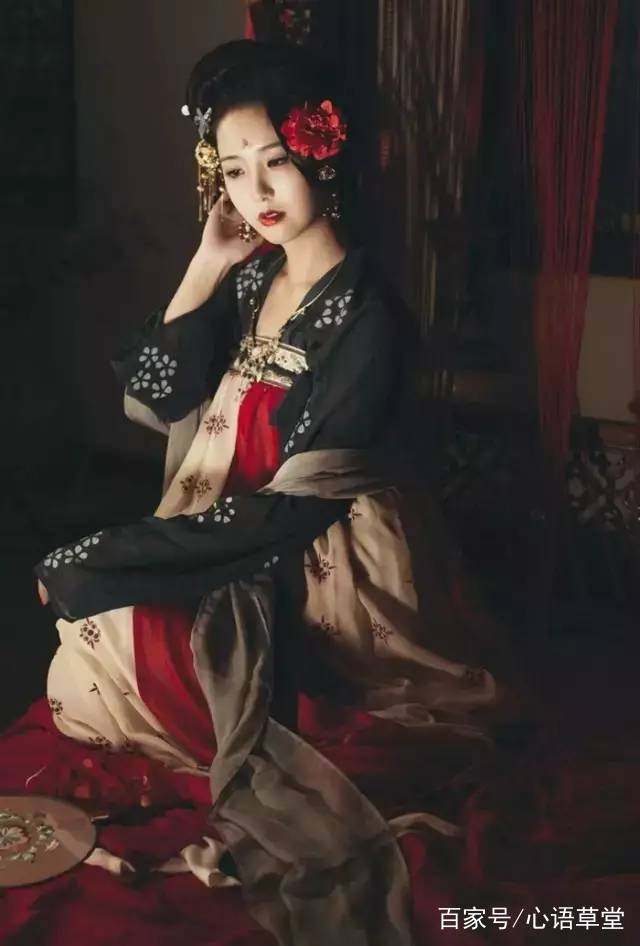
In recent years, Hanfu has attracted more and more people's attention, and many young people have devoted themselves to the Hanfu cultural industry with the faith of reviving the traditional costumes of the Han nationality. With the increase in the number of Hanfu fans and the expansion of the scope of influence, all kinds of thoughts in this circle are mixed, and there are constant frictions both externally and internally. Cultural conflict.
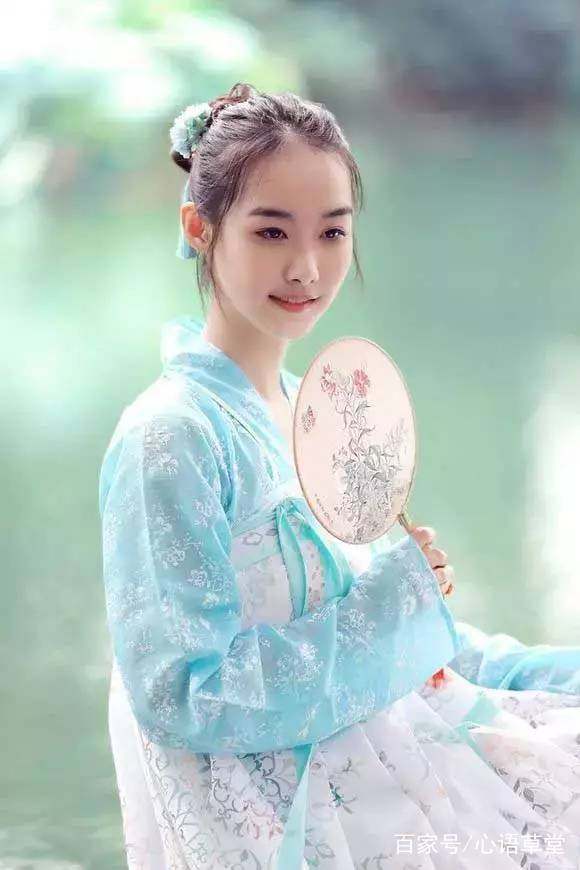
China is a country of civilization and etiquette, and Chinese civilization has profoundly affected Asian countries and even the world.
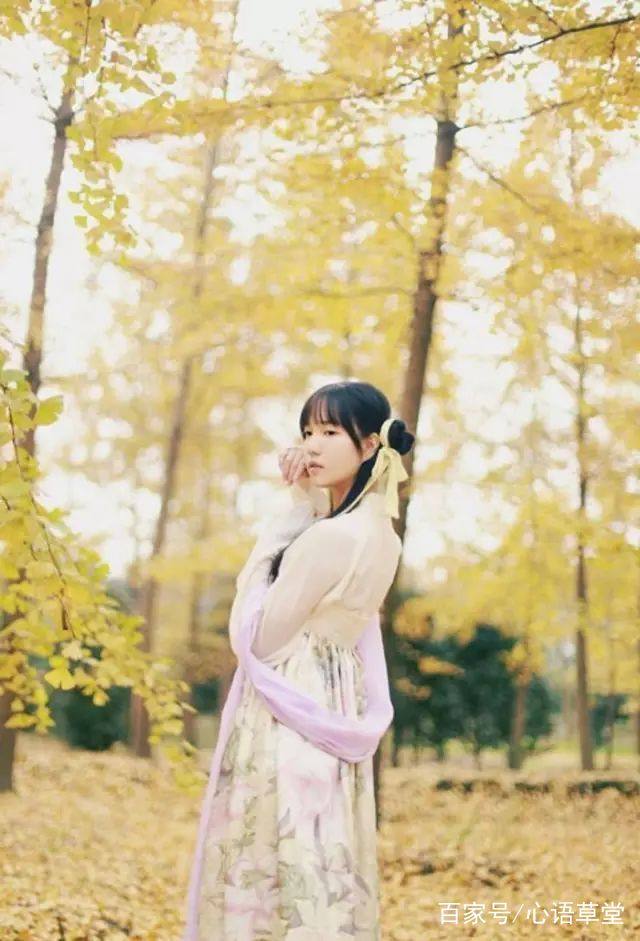
When Westerners lived in earthen huts and wore linen clothes, the Chinese had already lived in the prosperous city and put on silk.
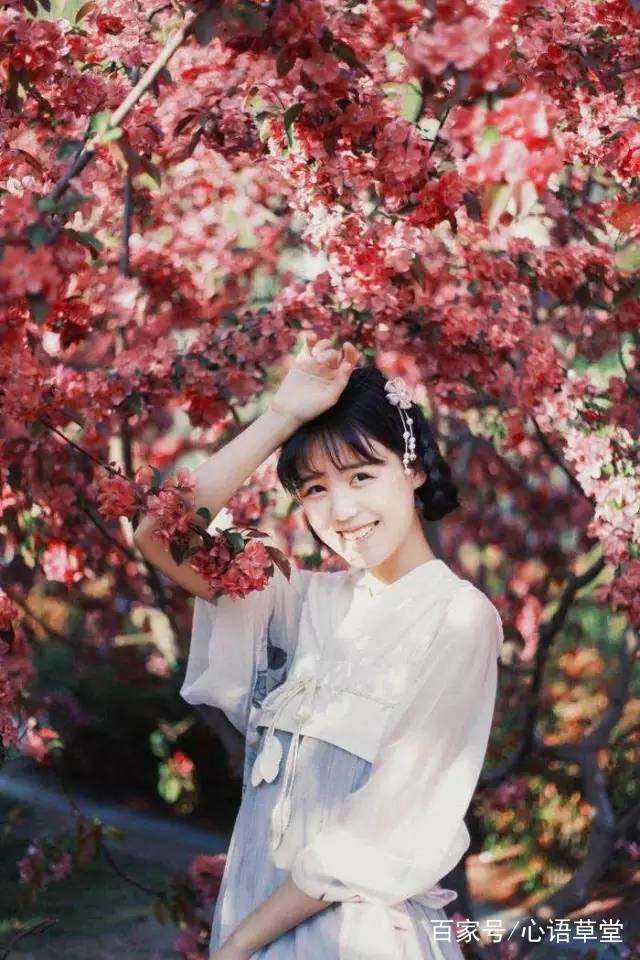
Hanfu is the deep memory of a country and a nation, the history of the rise and fall of a nation, and the only unreserved costume among the 56 nations in China.
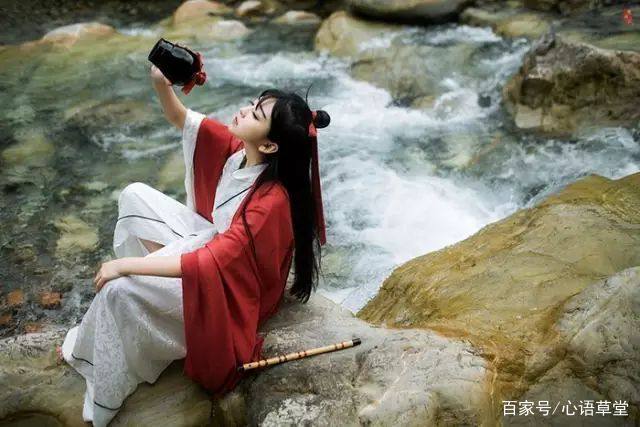
But he is always present in our lives. The decline of Hanfu is a pity for the Han people, because when a nation loses its symbol.
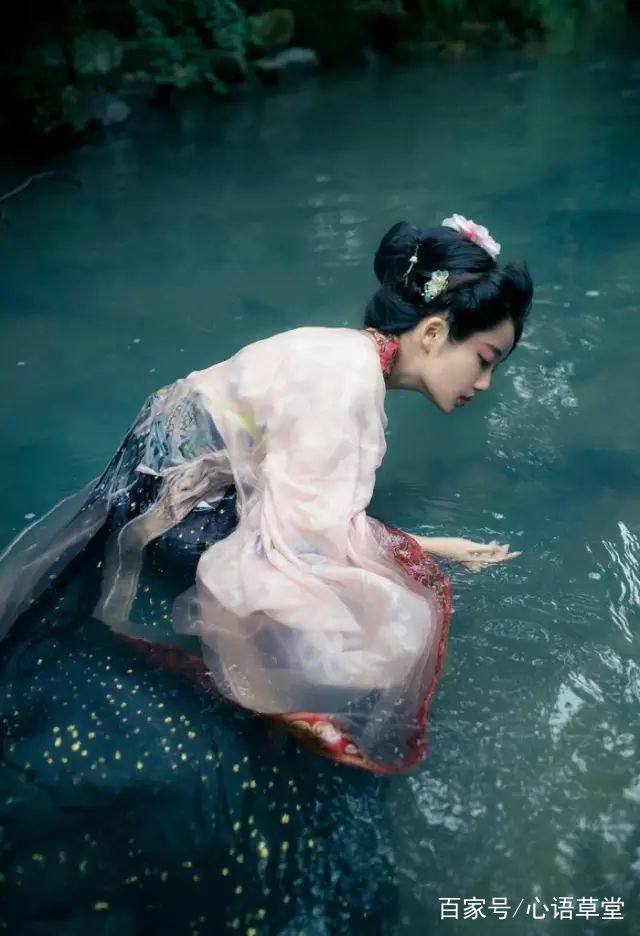
This nation is hesitant. When we welcome our traditional festivals and major festivals, what memories do we have besides eating? Tomb-sweeping Festival, Dragon Boat Festival, Mid-Autumn Festival, Spring Festival, New Year's Day, May Day, November, New Year's Day, do we have any memories? Need to restore the holiday celebration in the true traditional sense?
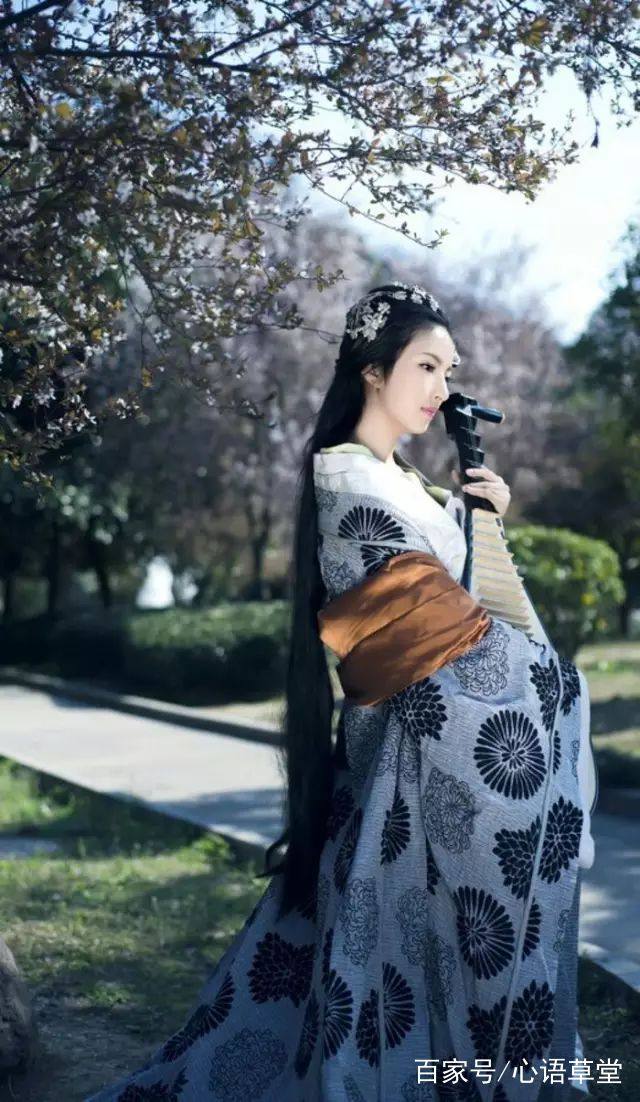
Hanfu culture and connotation
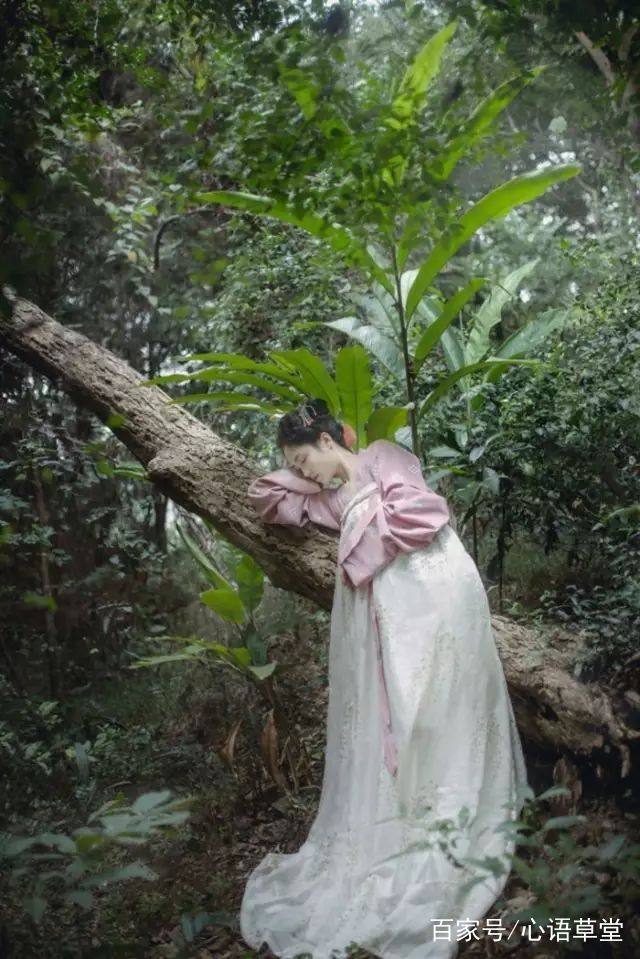
The Formal Connotation of "Heaven and Man as One"
"Harmony between man and nature" is the core of our ancient traditional culture. Its philosophy and pursuit of life ideals are embodied in the design of Hanfu, which represents the deep meaning of Hanfu and the aesthetics of external forms. Many details in Hanfu reflect the concept of harmony between man and nature. For example, the wide cuffs in Hanfu symbolize the harmony of heaven; the deep clothing in Hanfu reflects the oriental virtues of fairness and integrity and tolerance of all things. It is the cultural connotation of "the unity of man and nature" that gives the unique meaning of Hanfu.
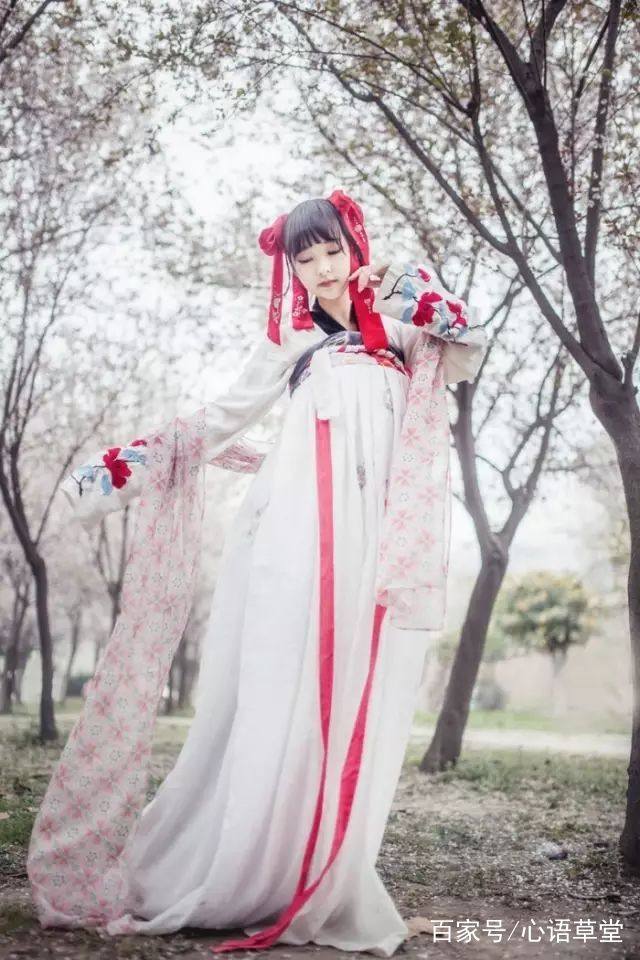
The color connotation of "five elements" and "five colors".
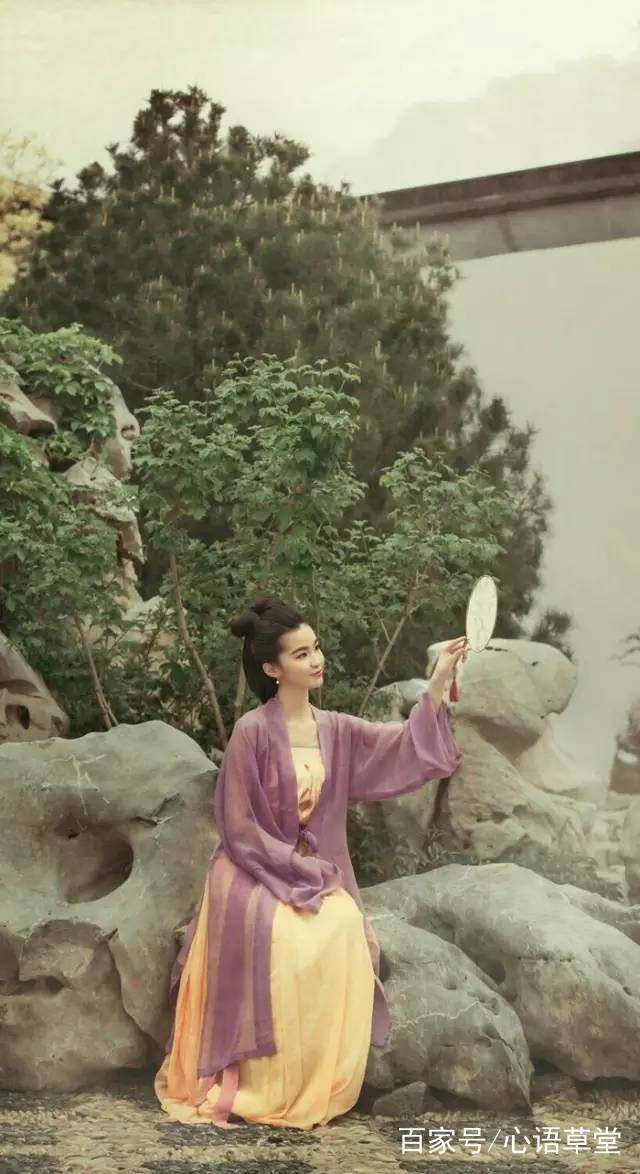
Color plays an important role in the aesthetic effect of clothing. The color of Hanfu not only plays a good decorative role, but also reflects its cultural connotation, which has a strong symbolicity.
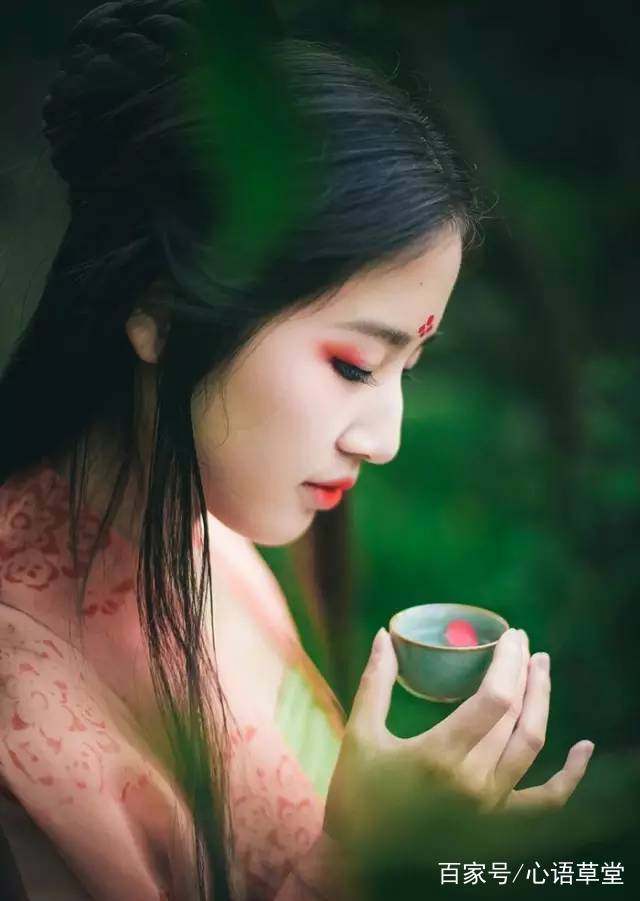
Since the emergence of Hanfu, there have been clear regulations on the use of colors, reflecting the ancient people’s concept of closeness to natural colors. The "five colors" of Hanfu have an important relationship with China’s Yin-Yang and Five Elements. People make people’s natural behavior and the movement of everything in the world. The laws are kept in harmony, reflecting the aesthetic meaning of Hanfu.
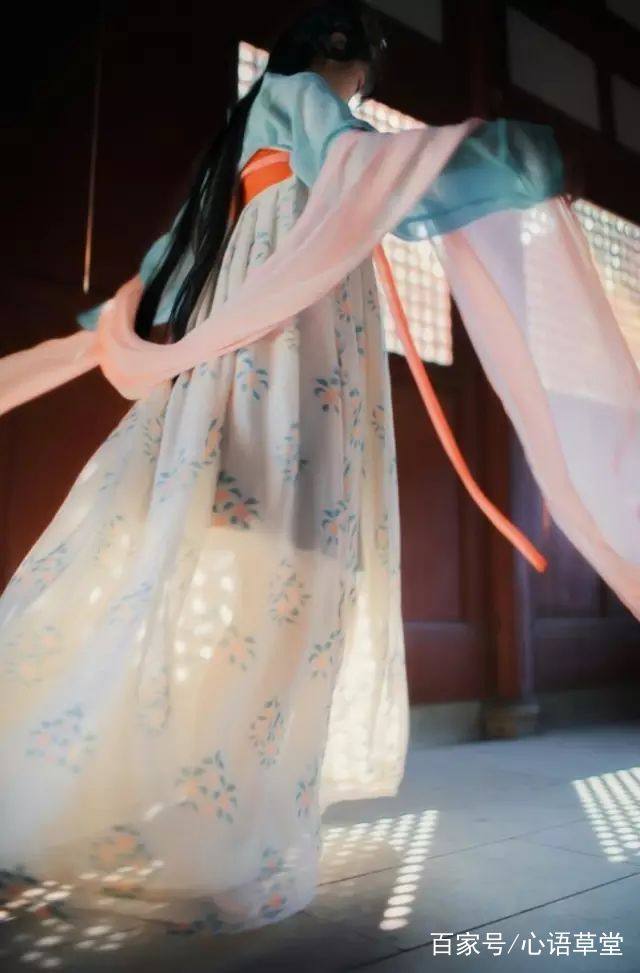
The beauty of "gentleness" and "neutrality"
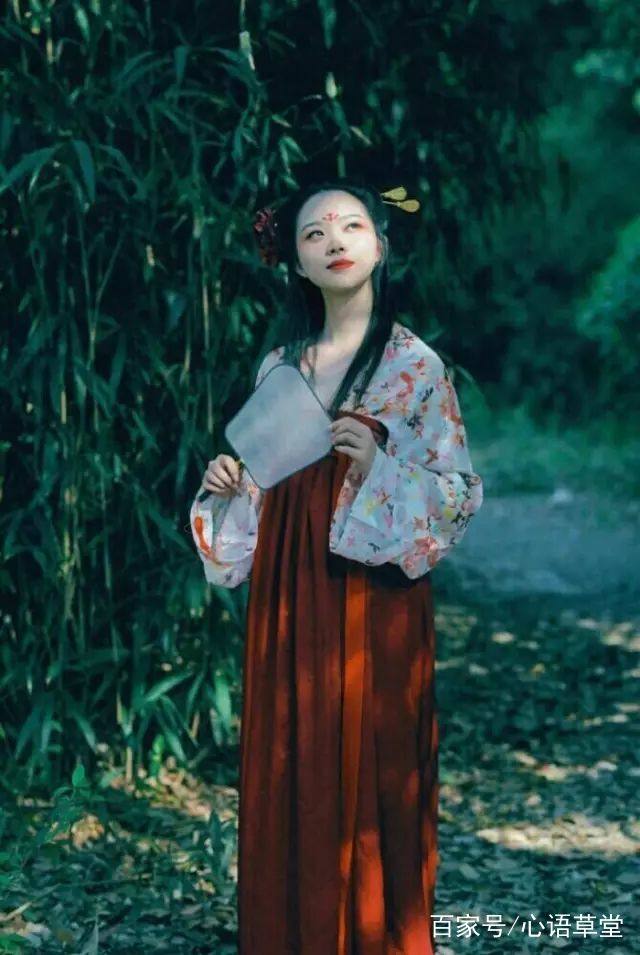
Hanfu unifies the content and form, and organically combines the meaning and content of the organization of things.
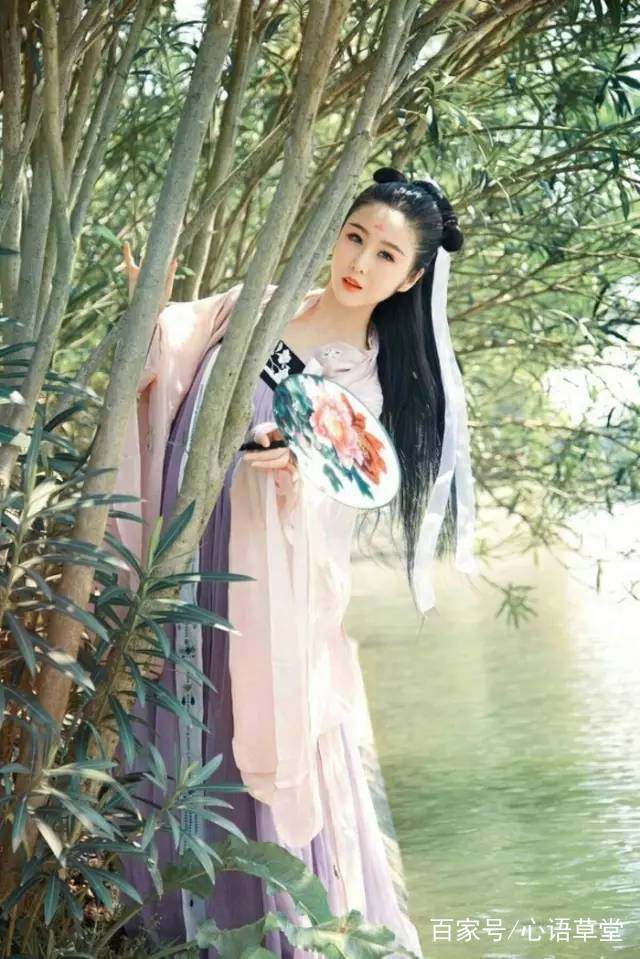
The costumes of Hanfu are mainly reflected in the following three points: First, it reflects the communication etiquette between people;
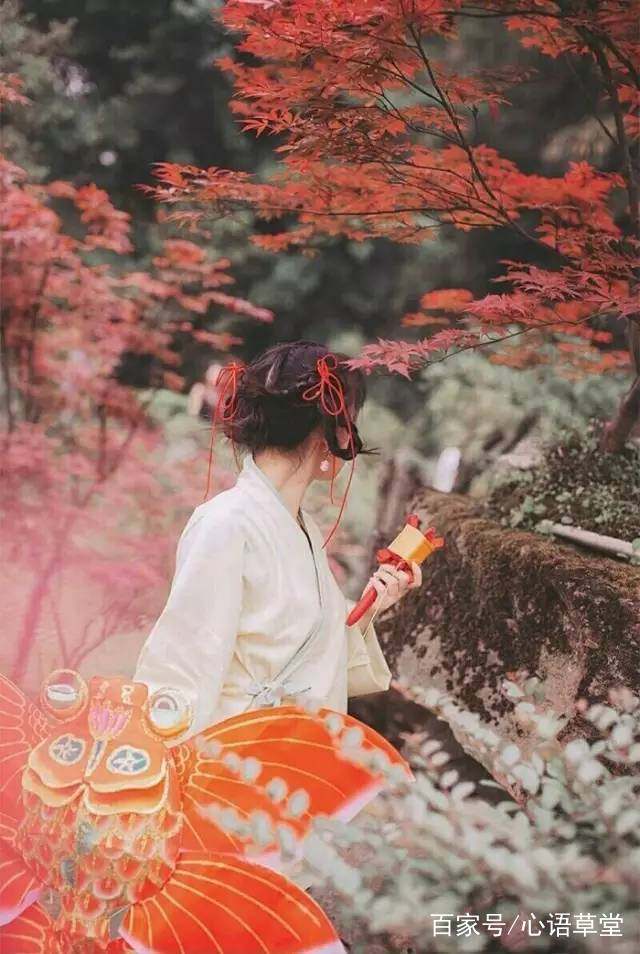
Second, it reflects people's status and behavior;
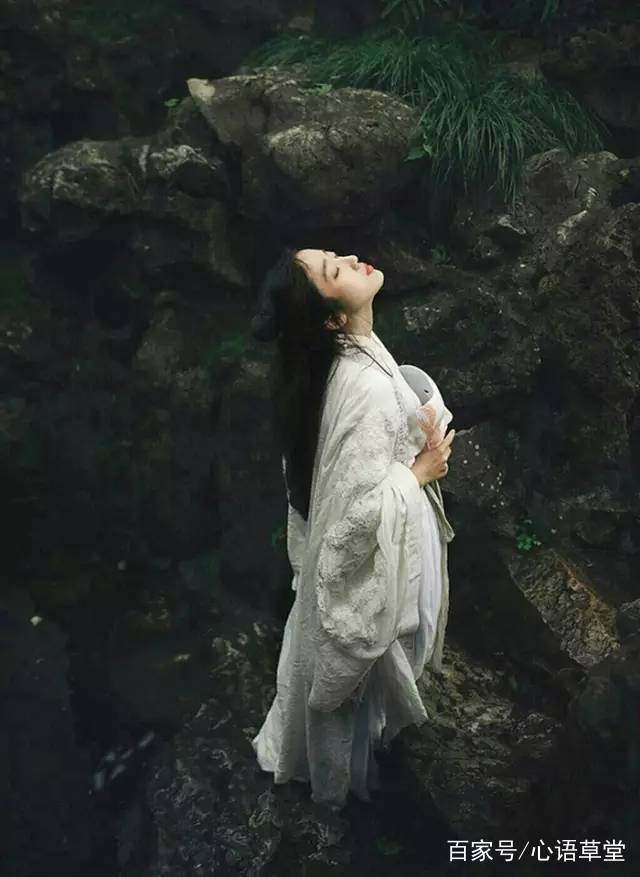
Third, the pursuit of aesthetic connotation in aesthetics.
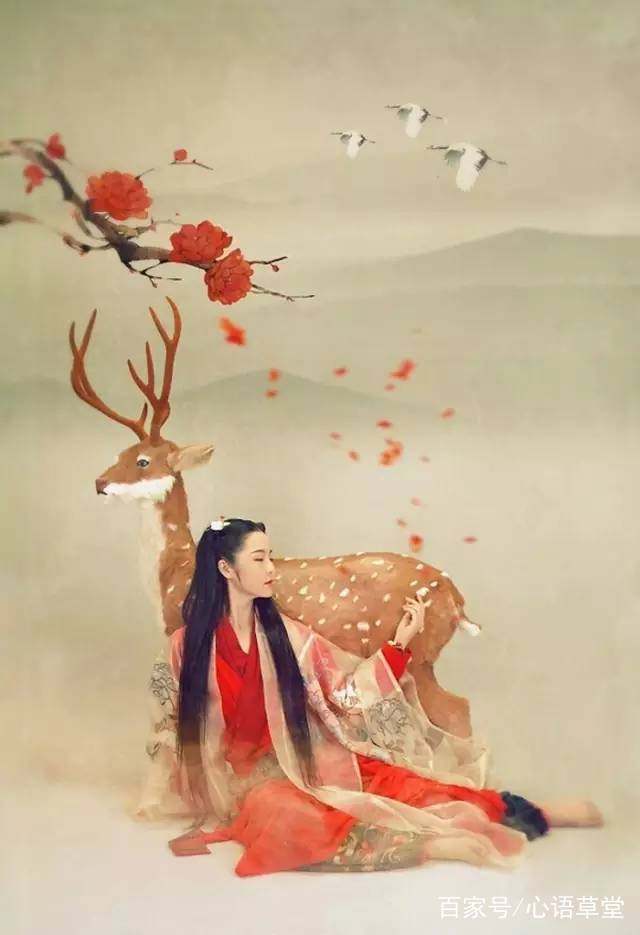
Hanfu organically integrates various elements in the art form, reflecting the "Beauty of Neutralization".
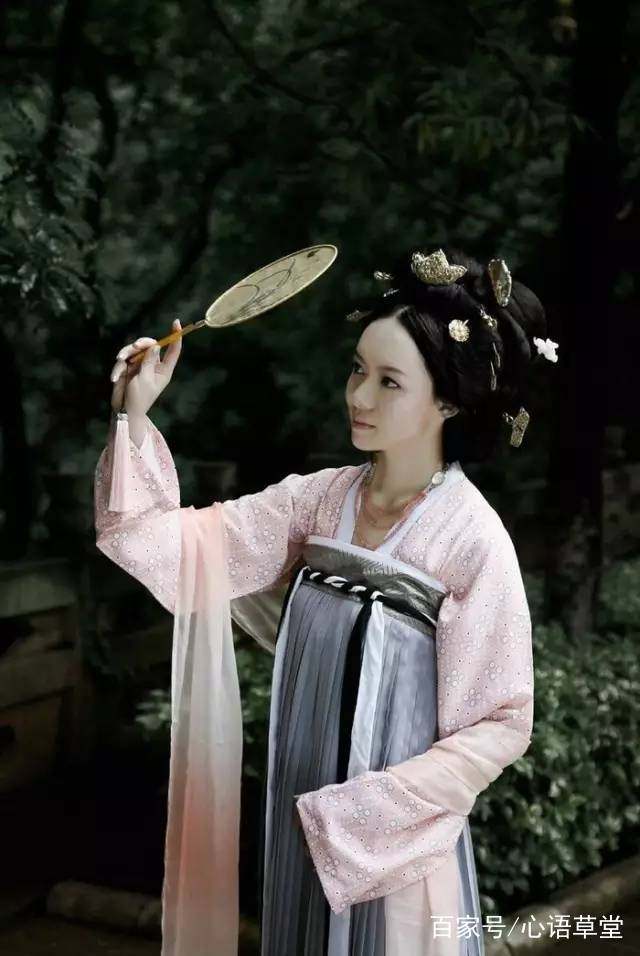
Hanfu is also a symbol of our nation and is of great significance to the inheritance of our culture. In today's multicultural development, we should inherit traditional culture, conduct a deep study of Hanfu as a kind of Han culture, and show the brilliant civilization of my country in our country.
- Contact Us
- Add: Xuerunyu Department Store, 16th Floor, No. 81, Xipi Road, Longteng Community, Xipi Street, Xinluo District, Longyan City, Fujian Province
Tel: (+86). 139. 813. 27167
Mail: poplaryang1983515@gmail.com
- Company Info
- Feedback Customer Reviews About Us Contact Us News
- User Center
- Forget Password My Orders Tracking Order My Account Register
- Payment & Shipping
- Customs & Taxes Locations We Ship To Shipping Methods Payment Methods
- Company Policies
- Return Policy Privacy Policy Terms of Use Infringement Policy
